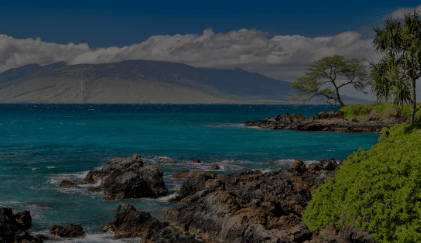Map:G6d9iheaogi= Hawaii

he map designated as G6d9iheaogi= Hawaii serves as a crucial tool for understanding the multifaceted allure of the Hawaiian Islands, which are renowned for their breathtaking landscapes and rich cultural heritage. By illustrating key attractions—from vibrant coral reefs to the dramatic terrains of Hawaii Volcanoes National Park—it encapsulates both natural beauty and historical significance. However, the map also prompts a deeper inquiry into how these elements coexist and the pressing need for cultural preservation in the face of increasing tourism. This raises critical questions about sustainability and the future of Hawaii’s unique identity.
Overview of Hawaii’s Islands
Hawaii, an archipelago composed of eight main islands along with numerous smaller islets and atolls, showcases a remarkable diversity in geography, climate, and culture, each island contributing uniquely to the state’s identity.
The island history reflects a rich tapestry of indigenous traditions and colonial influences, while the ecological diversity ranges from lush rainforests to volcanic landscapes, offering a complex interplay of natural ecosystems.
Read more: Moon:Og4alzgmvog= Wolf
Key Attractions to Explore
The diverse landscapes and rich cultural heritage of Hawaii’s islands present a myriad of key attractions that draw visitors from around the world, each offering unique experiences that reflect the state’s natural beauty and historical significance.
Notable highlights include vibrant snorkeling adventures in pristine coral reefs and the awe-inspiring volcanic landscapes of Hawaii Volcanoes National Park, which showcase the islands’ geological wonders.
Local Culture and Traditions
Rich in history and influenced by various cultures, the local traditions of the Hawaiian Islands reflect a unique blend of indigenous practices, customs, and values that have evolved over centuries.
Central to this culture are the hula dance and luaus festivities, which embody community spirit and storytelling.
These elements not only preserve Hawaiian heritage but also promote a sense of identity and belonging among residents and visitors alike.
Conclusion
In conclusion, the islands of Hawaii, often perceived as idyllic paradises, reveal a complex tapestry of natural beauty entwined with cultural depth.
While tourists flock to sun-kissed beaches and vibrant coral reefs, the volcanic landscapes silently bear witness to a tumultuous history that has shaped both the land and its people.
Thus, in seeking escape, visitors inadvertently tread upon the delicate balance of preservation and exploitation, highlighting the irony of paradise as both sanctuary and stage for human ambivalence.
Read more: Moon:Og4alzgmvog= Wolf




